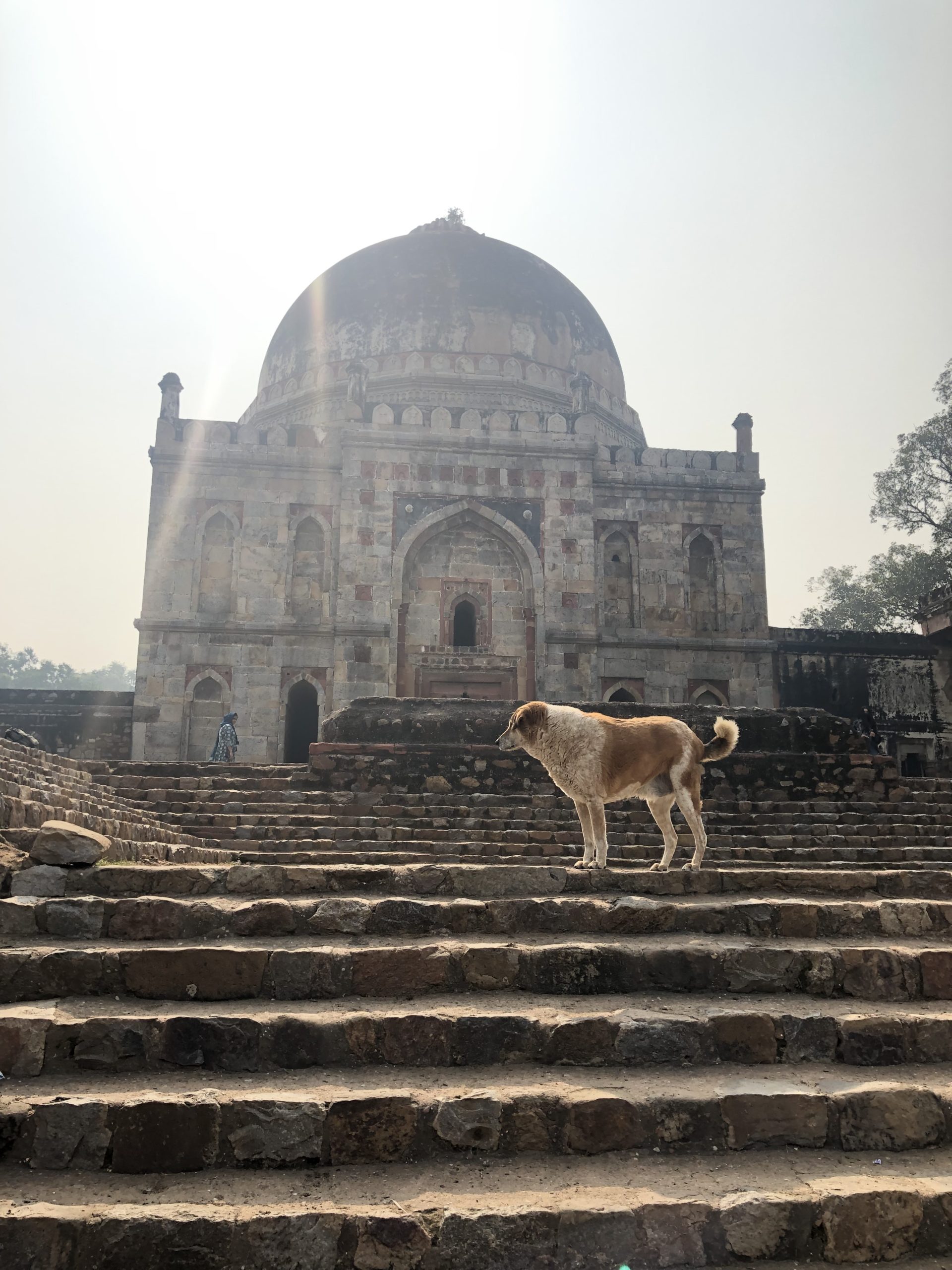
Where are you from?
We finished our quarantine and dove straight into navigating Delhi! My roommate and I were able to smoothly transition to our homestay with Nani ji, Ritu ji, Parth ji, and Sanya ji, although nobody from our homestay family prefers us calling them using the formality “ji”. Communicating with everyone has mostly been without issues since Parth and Sanya are 23 and 19 and both speak and understand English. Ritu, our host mom, understands English and speaks it well too. I struggle with communicating with Nani ji, our homestay grandmother, the most since she doesn’t speak English. Although I’m able to communicate with her via the rest of the homestay family members, I’d like to communicate with her 1-on-1 since translations can change the meaning of the original sentence, no matter how accurate they may be. This week, which was our second week of the program, was focused on settling into my homestay, staying on top of my academics, and getting comfortable with aspects of my experiential learning, including riding autos. I’ve felt centimeters away from death multiple times on singular auto rides because of the haphazard nature of traffic. My stomach doesn’t stop from contracting almost every second I’m on the auto as we’re weaving in and out of highway lanes and nearly miss scraping nearby cars and living beings. I try and remind myself that this is what daily life is like for a Delhi resident and that I’ll hopefully be safe as long as I take proper precautions and make wise choices. Nothing is guaranteed, not even safety, but I’ll try my best to make the most out of each auto ride as it provides me with valuable opportunities to observe and take in my surroundings reflexively. One of my classes requires us to take field notes in an observations notebook using a double-entry system where the left column is for direct observations and the right column is for my thought-out response to my observation. Each interaction I have with my environment has potential for inclusion in my database observation notebook, but I have to limit my entries to a feasible amount to make my recording sustainable and time-effective. One such entry may be an interaction I recently had with the co-owners of a coffee shop my cohort and I went to after class. The owners thought that I was Indian and seemed to be doubtful of my being Salvadoran-American at first. I had to reframe the way I thought I was going to have to introduce myself to people I meet given my physical appearance. I started off my introducing myself in relation to my study abroad program and my educational status before starting to address the question I was asked: “Where are you from?” I think that people’s priorities regarding identities and what they wish to know about you differ based on what they already know or what they think they can tell about you based on your appearance and behavior. There is a stark dichotomy between what I say to introduce myself in the United States and what I’ve been saying about myself when meeting new people here in India whereby I position myself as a Sociology and Biochemistry college student from NJ at home and a study abroad student from the United States with Salvadoran heritage in India. As I continue with my study abroad program through South Africa and Jordan and my physical appearance becomes more or less common-place in the regions I will be engaging in, I’ll continue to change the way I build relationships with people around me as their curiosities differ based on personal preference and cultural influences.

